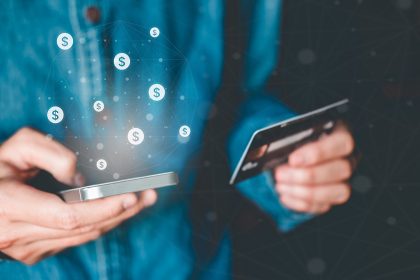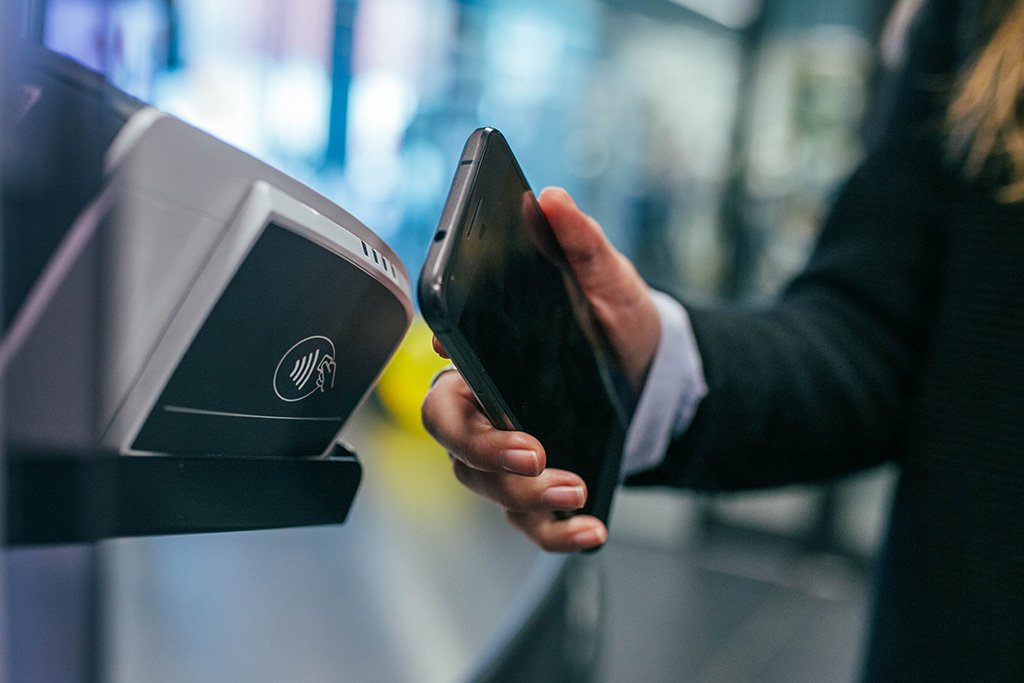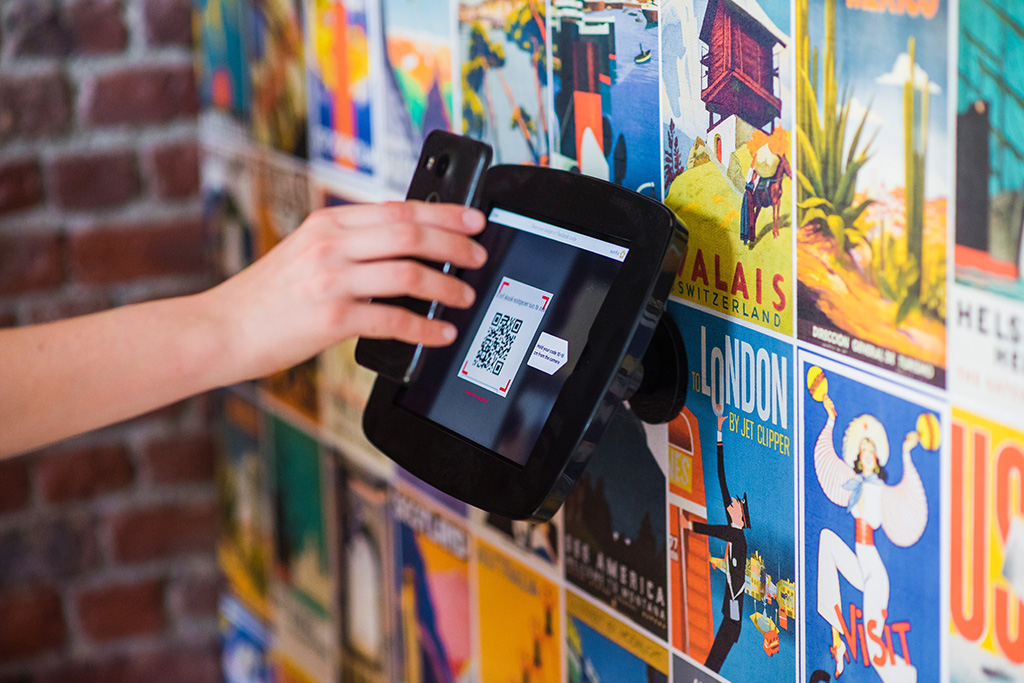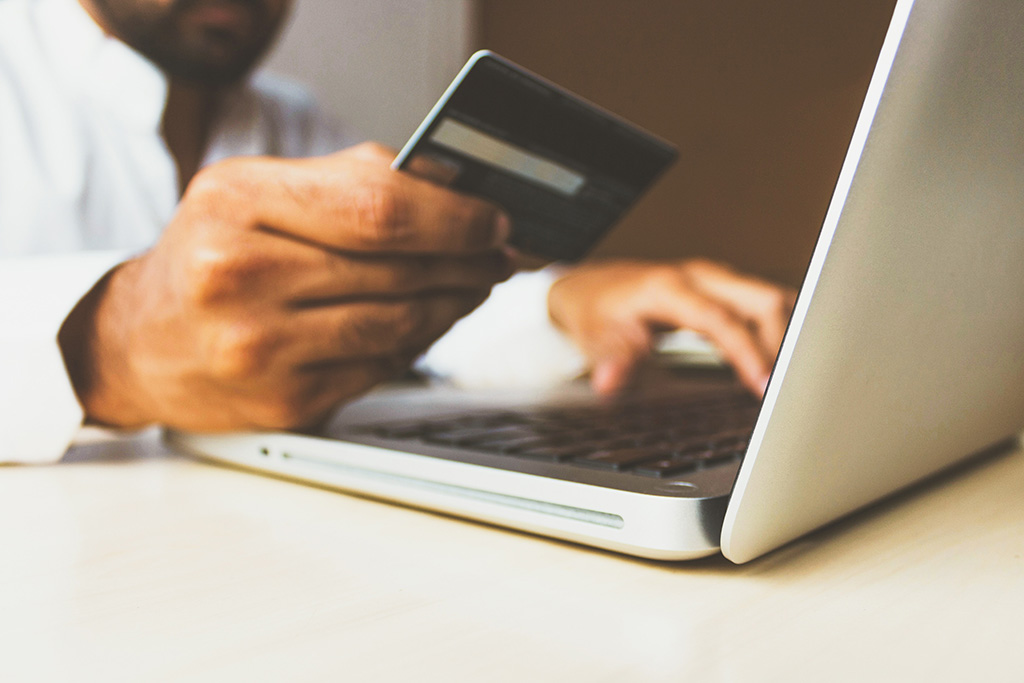Tron (TRX) price forecast for 2025–2030 with insights on token utility, growth drivers, market trends, and long-term investment ou...
Different Types of Mobile Payments Explained
Last Updatedby Adedamola Bada · 6 mins read

In the modern world of money exchange, the modes of payments are dominated by mobile payments which make transactions easier and much faster. Here’re the major types of mobile payments explained.
Mobile payments are facilitated through the use of mobile technologies and several means, with each one offering its own unique mode of payment.
These modes are of three types: Point of Sale (POS) solutions, In-store, and Remote payments. Mobile payment benefits businesses through increases in cash flow as well as a much better and less-interactive customer service. It also helps by providing the managers of the business with a better means of reference for the history of the entire management transactions.
Point of Sale (POS) Solutions

Photo: Unsplash
NFC Payments
Payments can be made through the use of Near Field Communication (NFC) which is a simple-to-use wireless communication protocol implemented through the use of radio waves and the proper application software. Devices that possess the NFC technology work by reading and processing embedded data or information, like banking details, from the connected NFC devices.
NFC greatly benefits general payments as it provides a better means of a seamless and contactless means of payment. Security risks based on identity theft issues have also been reduced, with password and pin protection measures.
There are numerous companies with platforms that make use of such technology, such as Apple Pay, Samsung Pay, and other Android and Blackberry OS application that supports the NFC feature. Each of them providing its own unique user experience but with the same goal of achieving a versatile means of instant payments.
NFC payments are applicable in almost all forms of payment, be it health care, online transactions or transportation, it’s a formidable transactional means.
Sound Wave Payments
The movement for a demonetarized way of payments in human history is further expanding with the invention of new and better modes of digital payments. Soundwave technology as a mode of payment solution features the use of encrypted high-frequency sounds produced by the paying device which is transmitted and picked up by the recipient’s device.
The sound waves received by the recipient’s device are converted to analogue signals which act as data or information used to authorize and finalize the transfer. Sound waves-based technologies are made to easily interface with mobile wallets, POS terminals, and banking apps which eliminates the need for other hardware utilities.
Smart and faster transactions are made possible without having to rely on the Internet; the technology is fully secure and relatively cheaper to implement.
MST Payment
Magnetic Secure Transmission (MST) makes use of electromagnetic technology to exchange card payment details with a payment terminal that integrates magnetic stripe readers. This can be used to create a contactless form of payments, not limited to traditional POS terminals.
MST technology has an easy-to-use interface and provides a more secure means of transactions than the traditional card payment system with its tokenization feature, which decreases the risks of fraud and identity thefts.
Samsung owns and implements this technology in its payment platform, the Samsung Pay, and are in partnership with many U.S. banks so increase its customer base. The devices that support the software includes Samsung S6 and all succeeding models of the Samsung high-end smartphones.
In-store & Remote Payments

Photo: Unsplash
Mobile Wallets
Mobile wallets, also known as digital wallets, are the new trend in payment solutions, and they are simply a stronghold of digitized assets which grants consumers a more comfortable and cashless form of transaction. Information like banking details or digital certificates can be stored on digital wallets and made accessible to users at all times.
This helps a lot with online purchases and transactions as it makes for a much better, faster and convenient means of transaction. Mobile wallets can be used for all forms of transactions ranging from simple purchases to ticketing, with some digital wallets platforms offering rewards and loyalties to dedicated consumers.
Digital wallets vary with differences in currency used and mode of operation. Some digital wallets store traditional fiat currencies while others hold tokenized forms of payments, otherwise known as cryptocurrencies.
QR Codes
Quick Responses codes are patterns that store data or information in two dimensions, which can be used for making mobile payments. A mobile phone with a camera that can scan, read, and translate QR codes is the only thing needed when making purchases with this form of payment.
This concept is widely adopted by consumers which makes the checkout experience much faster and easier. The security benefits are also value-added with QR codes as a form of payment, because no information leaves the customer’s device, leaving nothing susceptible to hacks and thefts.
It’s a cost-free form of transaction which can be utilized easily with the use of QR code generators, and many free websites online offer this service.
Remote Payments

Photo: Unsplash
Internet Payments
Numerous web applications exist that offer banking services like payment of bills, funds exchange and other transactional services. An account on the application platform is needed for access to the software solution. Internet payments make transactions more convenient and faster without the need for in-person interactions.
Accessibility is available for all at any point in time and helps consumers keep track of their expenses. Internet payments are more secure than the traditional means of payments by utilizing several layers of security verification measures to help restrict unwarranted access to a user’s account.
SMS Payments
SMS payments are payments made by consumers through the use of a text message transmitted from a mobile phone for purchases. The cost of the transaction is deducted from the balance of a prepaid mobile phone operator or added to a postpaid monthly bill.
SMS payments are easy to set up and handy for use in mobile purchases, as it does not involve the storage of confidential data. The charges and fees of SMS transactions depend on the user’s mobile carrier.
Direct Carrier Billing
Direct carrier billing is a mobile payment protocol which enables consumers to make payments for online services, bills, and other transactional purposes. Direct carrier billing uses a two-factor authentication feature to increase its security for consumers.
The cost of purchases made is added to the consumer’s phone bill or from their prepaid balance. This means of payment is convenient for and is easily accessible for all users. It incurs lower costs for businesses with increasing customer use.
Mobile Banking
Banking apps are now a standard utility of banks all over the world, where you can make payments, exchange funds as well as access a record for reference to all transactional activities. This makes banking easier and comfortable for consumers with a much better banking experience where you can manage your finances.
This offers a cashless transactional experience with a wide range of other financial services available to the consumer. Banking apps make use of One-Time-Passwords (OTPs) and other security measures to facilitate better authentication of transactions made by customers in an effort to safeguard their assets.
Mobile banking streamlines the entire banking process and makes it less susceptible to human errors in banking transactions.
This guide explains how to buy TOKEN6900, a new meme coin project with an attractive market capitalization. Learn how to join the ...
Pepe Coin surged in popularity after its 2023 launch. This article covers market trends, price forecasts, technical signals, and h...